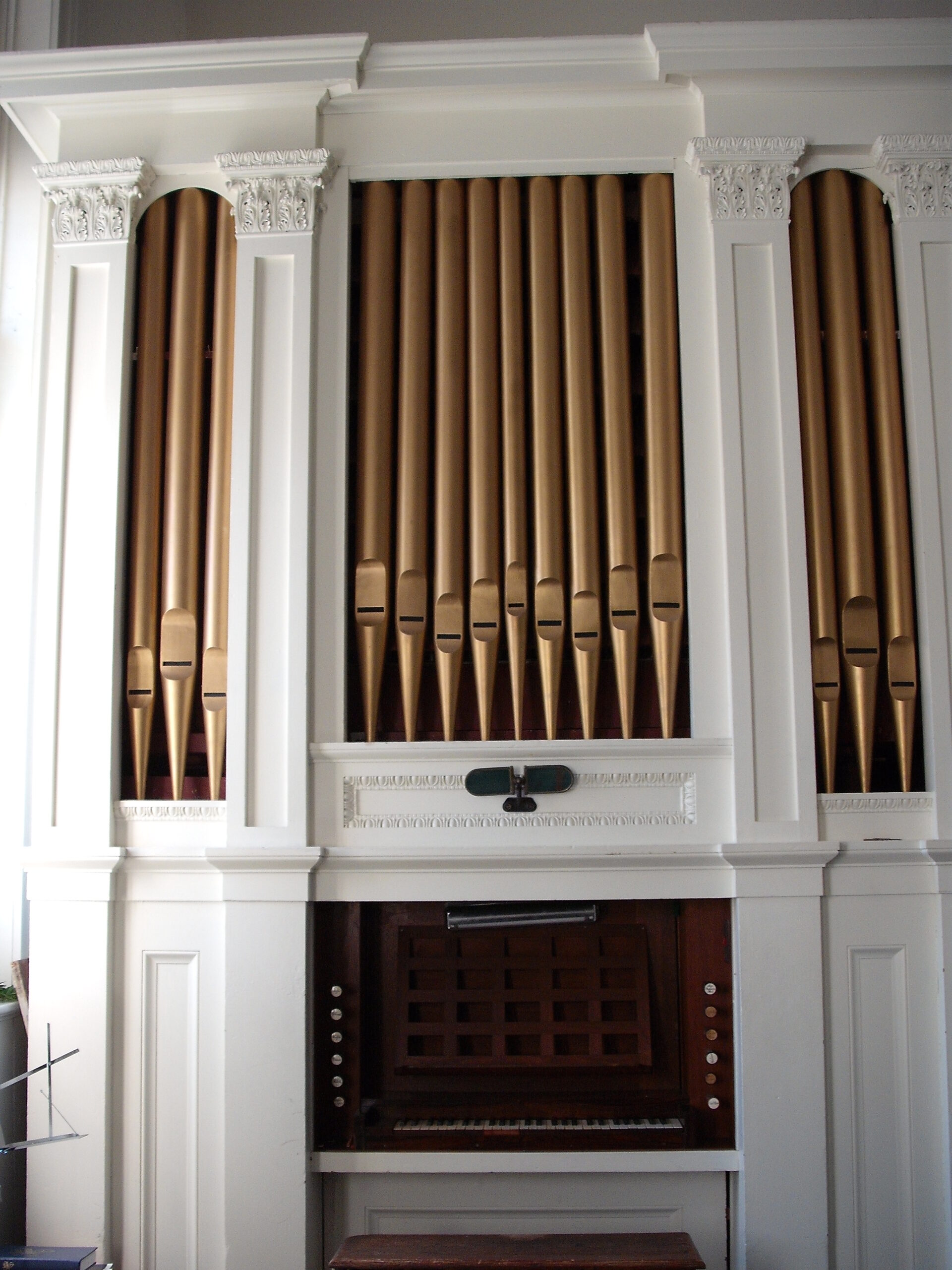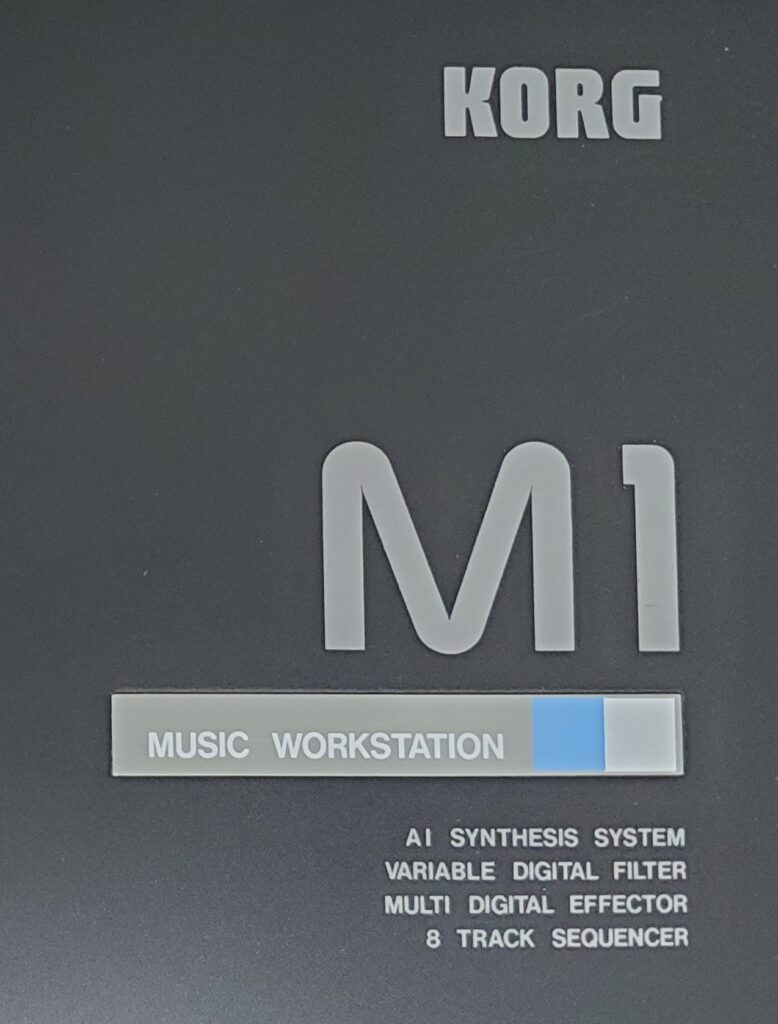Many still perceive a musician’s life as shrouded in mystery. At first glance, the world of musicians appears glamorous—a shimmering facade. Music videos featuring their favorite artists show them parading with wads of cash, glamorous women, and fancy cars. Concerts of popular music are a spectacle of shimmering dancers, pyrotechnics, and individuals pretending to play musical instruments. The expectation is that a successful musician is an excellent musician, and an excellent musician lives a glamorous life.

The most popular music touts a life full of the darkest habits and pleasures; ultimately, glorifying money, sex, illicit drugs, and violence as an escape from life’s hardships. Music becomes the conduit through which anyone can promote their new Messiah. And so, those who don’t even know what a dominant chord is can spew out vitriol and hate language without consequence. The people chant, “Give me more! It has a nice beat.”
Don’t get me wrong; I will continue to value freedom of speech. I will continue to value freedom of artistic taste and expression; however, it can be somewhat disheartening when those who consume music purely for entertainment seem to prioritize glamour over excellence.
One of my favorite music videos is that of the renowned pianist Evgeny Kissin playing “La Campanella” in one of the finest halls, elegantly dressed in a tuxedo. It was an exquisite and expertly executed performance. At the end of the video, you can see him waiting at the back exit of the concert hall, holding a bouquet of flowers. The big takeaway for me was that he did not have a full audience, and when his ride arrived, it was a Volkswagen instead of a limo.
Don’t be fooled. Excellence transcends time and space, and for some, it still holds immortality. It is true for Wolfgang Amadeus Mozart, even though he was buried in a pauper’s grave. It is true for Joseph Haydn, who chose humble service as a working musician over a glamorous life in Vienna. True musical excellence endures beyond material glamour.
I invite you to explore my new piano compositions, Seven Pieces. I believe in pursuing a passion for true musical artistry, in transcending fleeting trends, and crafting music that resonates with timeless elegance.
Seven Pieces by David E Gonzalez is available on many online music streaming platforms. Look for it at your favorite online store.


